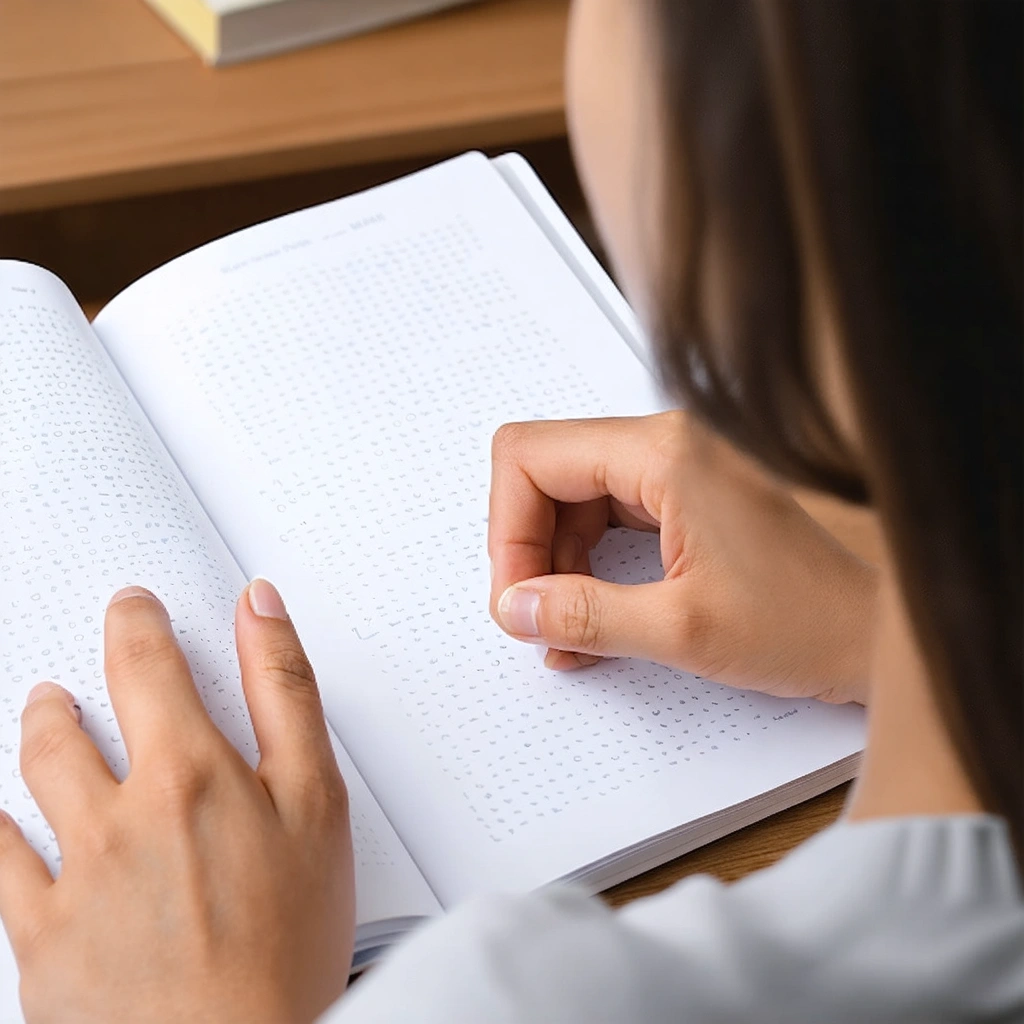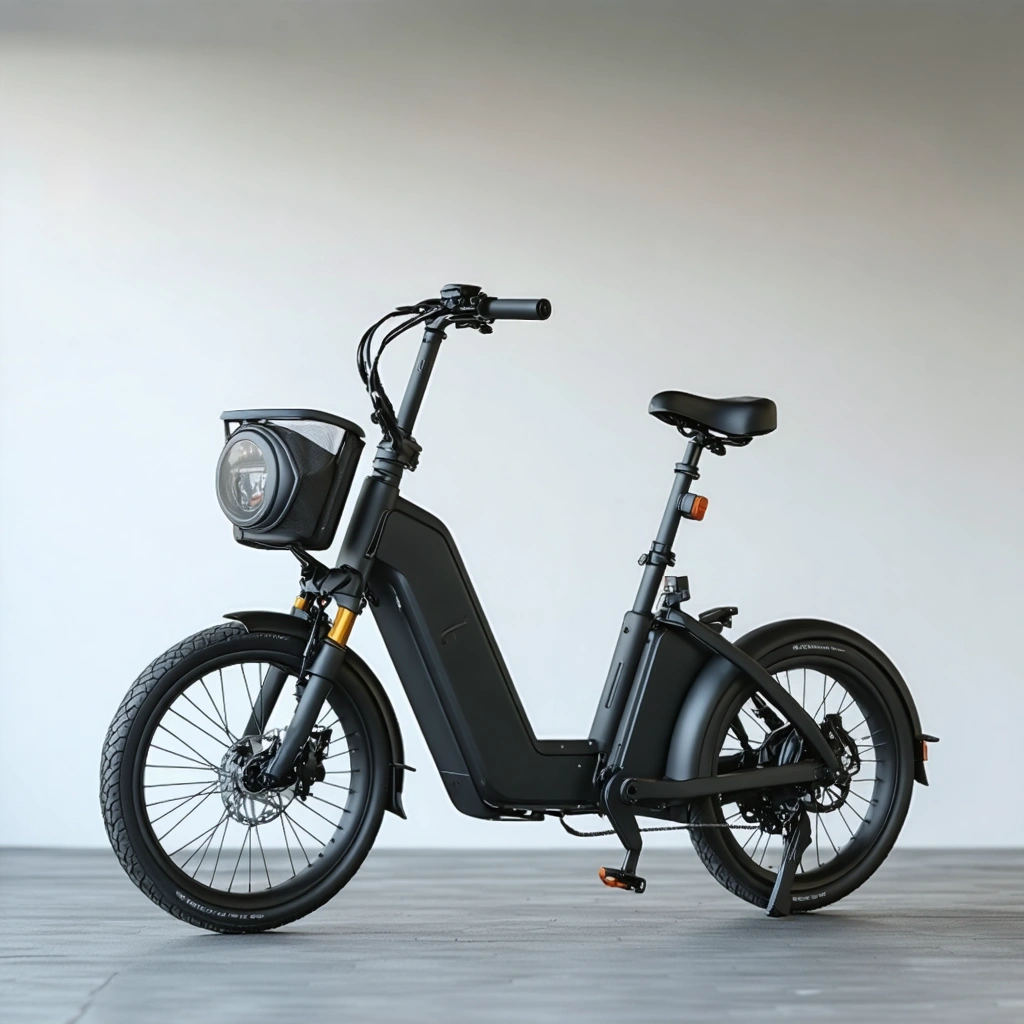Introduction
In today’s world, creating products and environments accessible to everyone is not just an option—it’s a necessity. However, the term “Universal Design” might not be familiar to most people. Universal Design is a design philosophy aimed at creating products, environments, and systems that can be used by the broadest range of people, regardless of their abilities or circumstances. This article explores the definition, key principles, real-life applications, and how AI technology can simplify implementing Universal Design.
1. What is Universal Design?
Universal Design is the practice of creating environments that are usable by all people, to the greatest extent possible, without the need for adaptation or specialized design.
• Definition: Universal Design refers to “the process of designing products, environments, programs, and services to be usable by all people, to the greatest extent possible, without the need for adaptation or specialized design.”
• Goal: To ensure inclusivity by providing designs that work for everyone, regardless of their age, ability, or background.
2. The 7 Principles of Universal Design
Universal Design is guided by seven core principles:
1. Equitable Use: Designs should be useful and marketable to people with diverse abilities.
• Example: Automatic doors that benefit wheelchair users and parents with strollers alike.
2. Flexibility in Use: The design accommodates a wide range of preferences and abilities.
• Example: Scissors designed for both left-handed and right-handed users.
3. Simple and Intuitive: The design is easy to understand, regardless of the user’s experience or knowledge.
• Example: Simple icons on smartphone interfaces.
4. Perceptible Information: The design communicates necessary information effectively.
• Example: Crosswalk signals with both visual and auditory cues.
5. Tolerance for Error: The design minimizes hazards and adverse consequences of accidental actions.
• Example: USB-C connectors that work regardless of insertion direction.
6. Low Physical Effort: The design can be used efficiently and comfortably with minimal fatigue.
• Example: Lever-style door handles that require less effort to operate.
7. Size and Space for Approach and Use: Appropriate space is provided for use regardless of the user’s body size or mobility.
• Example: Elevators wide enough to accommodate wheelchairs and strollers.

3. Real-Life Examples of Universal Design
Universal Design principles are integrated into many aspects of our daily lives.
• Everyday Products:
• The pull-tab on soda cans, designed for easy opening by everyone.
• Public Spaces:
• Ramps designed for wheelchair access, which also benefit people pushing strollers or carrying heavy loads.
• Digital Design:
• Keyboard navigation options on websites, which enhance usability for people with visual impairments.

4. Simplify Universal Design with AI
Traditionally, implementing Universal Design required significant time and effort. However, AI has made it easier and more cost-effective to create inclusive designs.
Benefits of Universal Design AI:
• Automated Design Suggestions: AI tools can generate design solutions based on user input.
• Time-Saving: Streamline the design process with intelligent automation.
• Accessibility Analysis: AI can identify areas for improvement in accessibility and suggest enhancements.
5. Why Universal Design Matters for the Future
Universal Design goes beyond accessibility—it enhances user experience for everyone. With the integration of AI, the potential of Universal Design is limitless. Universal Design AI empowers designers and businesses to create better products, faster, and at a lower cost. Start using Universal Design AI today to make a difference in the way we create for all.
“Discover how Universal Design AI can transform your design process! Try it for free today and create inclusive designs effortlessly.”

